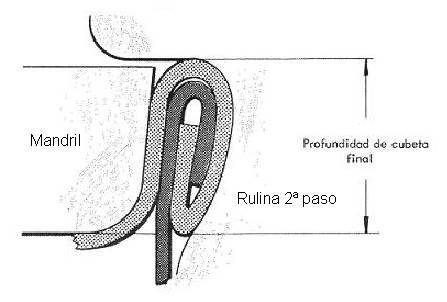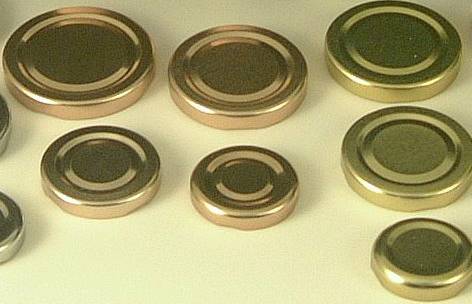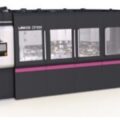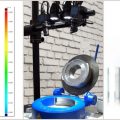Germany is one of the largest manufacturers of crown corks, generating more than 22 billion crown corks per year. Their success depends mainly on the quality of these products, as they have to seal the bottles and prevent carbonated fluids from escaping.
The crown cap uses an elastomeric seal to form the inner part with a granule and adhesive is also applied. The combination of these materials is activated at about 150°C and squeezed rapidly, counting on average 83 times per second.
In addition to speed, to achieve a good result in the thermoplastic elastomer seal it is important to take the correct temperature. For this reason, sensors are used to generate non-contact measurements and thus control that the corks are at the desired temperature in the production line.
For the first experiments, an optical sensor with a response time of 1 millisecond was used, which allowed 12 temperature measurements to be noted in the area of the crown cap. Once the temperature-time diagram was checked, they decided to opt for a better detailed record of the distribution, which is why they decided to acquire a new type of sensor that was faster and thus offered greater temporal detail at the time of measurement.
The latest technology in the field of industrial production has been used to create a device that can detect temperature within 90 microseconds. This means that it is able to take 1,600 measurements and thus guarantee a constant heating process of the plug at the highest speed, ensuring a better sealing result.
The Optris sensor is equipped with a detector composed of indium arsenide and antimony that allows the measurement of low temperatures from 0°C in only 90 µs. This combination allows for an accurate measuring range.










